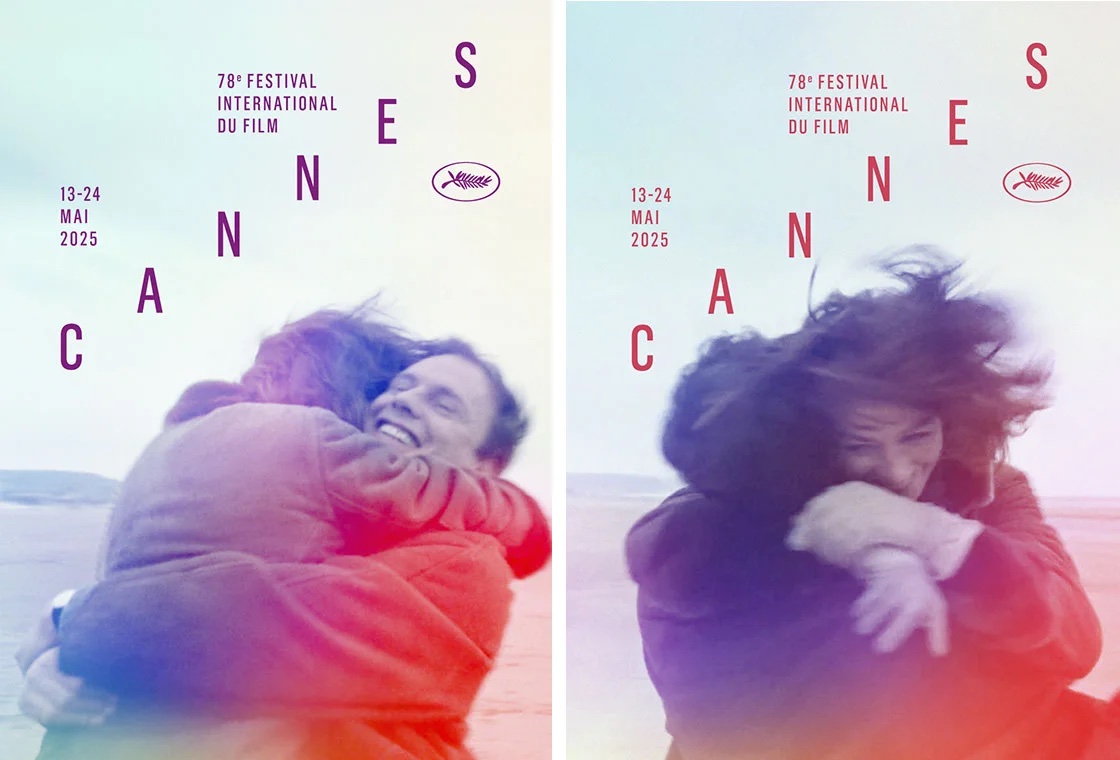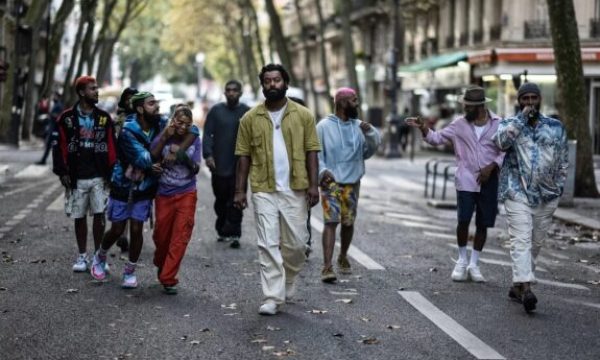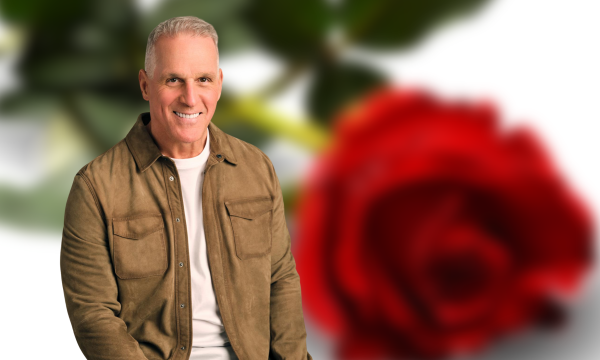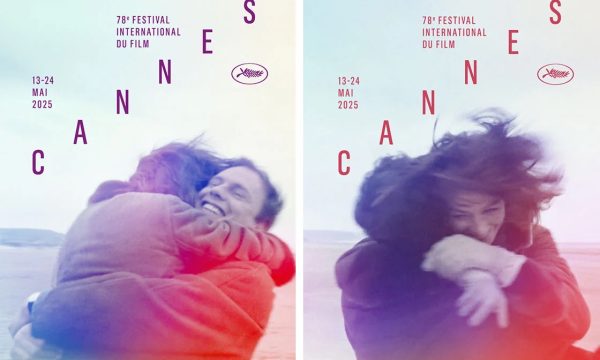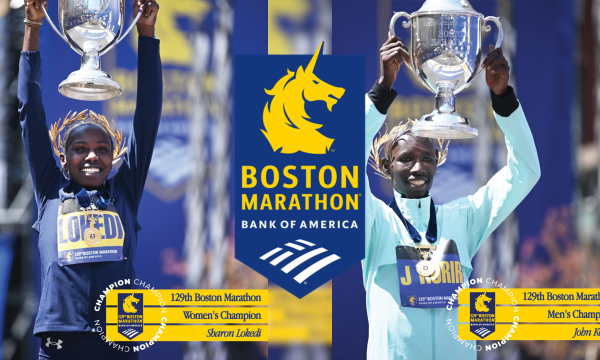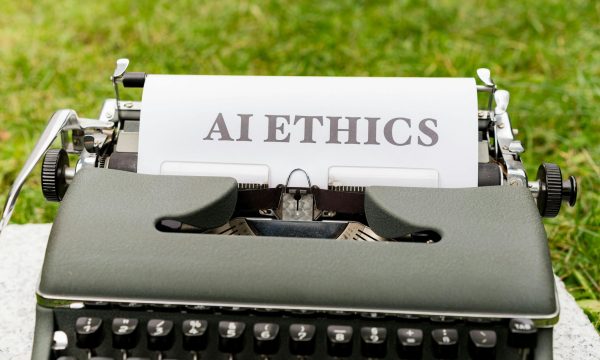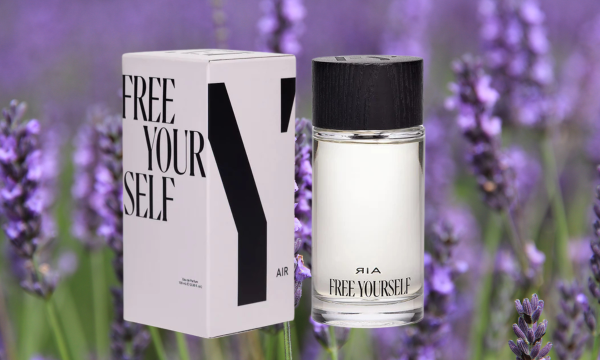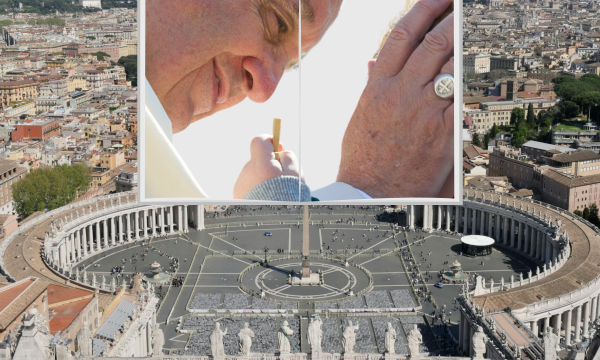A man.
A woman.
A deserted beach.
A turbulent sky.
Intoxicating music.
A 3-month-old idea.
A 3-week shoot.
A 20-second scene.
Eternity lasts but a moment in the end.
Sixty years ago, in 1965, two damaged souls—portrayed by Anouk Aimée and Jean-Louis Trintignant—met, connected, resisted, and eventually twirled together under the incandescent lens of Claude Lelouch.
The Palme d’Or at Cannes in 1966, two Academy Awards in 1967, and dozens of international honors all pale in comparison to that one luminous moment—brimming with tenderness, simplicity, and beauty.
It remains, without question, cinema’s most iconic embrace. Étreinte in French—an embrace, and an anagram of éternité—eternity. You cannot separate a man and a woman in love. You cannot separate that Man from that Woman. And so, for the first time in its history, the Festival de Cannes unveils a double official poster: A Man and a Woman. Side by side. Together again.
He: When something isn’t serious, we say it’s like a film. Why do you think films aren’t taken seriously?
She: Maybe because we only go to the movies when things are going well?
He: So we should go when everything’s falling apart?
She: Why not?
In an era marked by division, isolation, and constraint, Cannes seeks to reunite—to bring bodies, hearts, and souls back together. To champion freedom and celebrate movement. To embody life’s whirlwind and honor it, again and again.
Anouk Aimée and Jean-Louis Trintignant—both Cannes winners, Best Actor for Z (1969) and Best Actress for A Leap in the Dark (Salto nel vuoto, 1980)—are no longer with us.
These two posters are also tributes. Magnificent icons of tenderness and seduction, they continue to illuminate the cinema of our lives. Their portraits, radiant with the colors of passionate love triumphing over despair, remind us: light no longer falls from the sky, clouded as it is by darkness. It now rises from the luminous bond between two souls—reconciling us with life itself.


